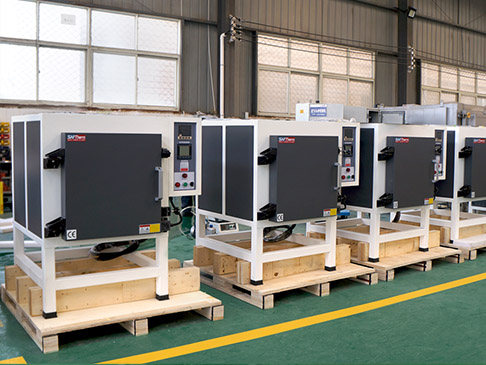
Box Chamber Furnaces
Thermcraft box furnaces are available in a wide variety of configurations and temperature ranges. The box furnace is ruggedly simple and conservative in design, which makes this type of furnace very versatile and trouble-free.
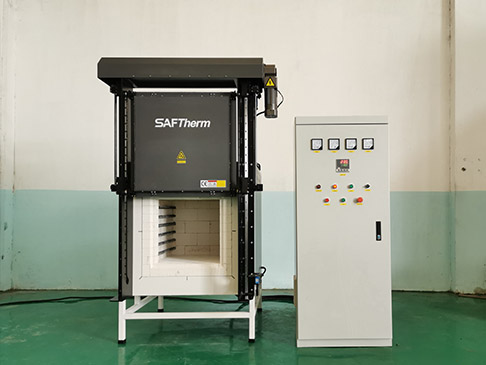
There is often some confusion between industrial ovens and industrial furnaces, and the terminology can often be used interchangeably. Essentially, both industrial ovens and industrial furnaces are fireproof boxes that perform heat treatment processes. This blog post will outline the key differences between an industrial oven and industrial furnace, and hopefully, eliminate some of the confusion surrounding them.
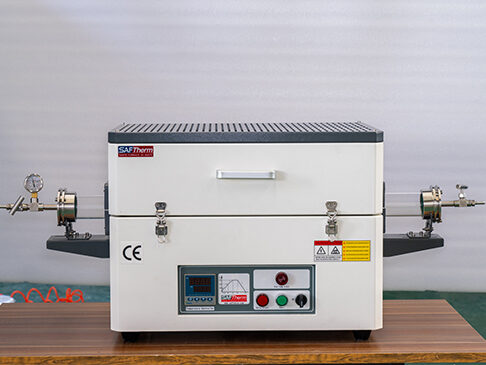
A tube furnace comprised of round heating chamber, Quartz or Alumina tube, vacuum pump and related fittings. Depending upon application, a tube furnace can be designed in different configurations, temperature ranges and optional accessories. Most commonly these laboratory tube furnaces are classified as Horizontal Tube Furnace, Vertical Tube Furnace, Multi-angle, Solid, Split and Rotary types.
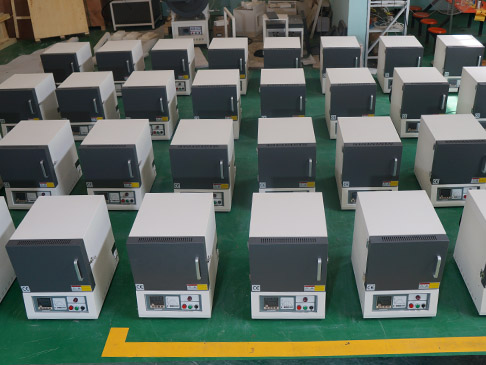
Maffle furnace can be used in many different applications in various industries. Here are some common applications:●In rice laboratories, it is used to determine brown rice’s optimum moisture content (MC).●Dental laboratories use it for sintering dental prostheses made of ceramics.

laboratory Furnace operation
Like most other furnaces, laboratory furnaces use a heat source to heat a sample within the furnace chamber. Convective heat transfer is the process used to heat the furnace and works by either gravity or mechanical convection.
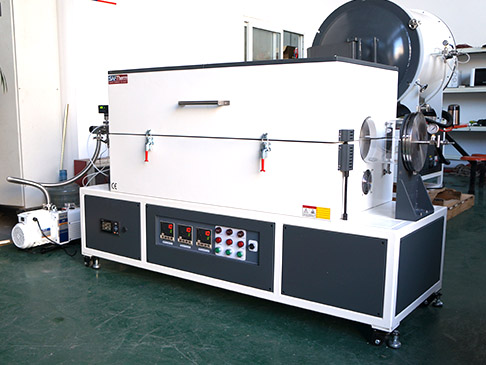
Rotary tube furnaces generally burn pulverized, solid, gaseous or liquid fuel into its working section, and then the heating gases created flow towards the sample. These furnaces feature a metal drum lined with refractory, which is mounted at an angle.
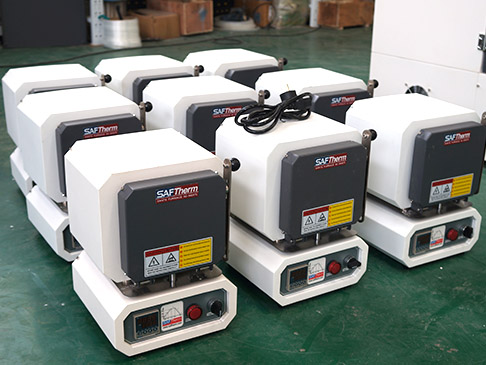
Laboratory furnaces can be built to perform a wide range of applications, and their range of features can be broad.The size of the laboratory furnace is an important consideration. The volume of the furnace must be sufficient to suit the spatial needs of the samples being heated, and ideally, multiple samples should be accommodated. There are three main types of laboratory furnaces; benchtop

what is split tube furnace?
Split tube furnaces are a popular choice for laboratories as they are extremely versatile. They consist of a furnace body which is split in half, attached by a hinge. This allows easy access to place and remove samples and a range of tube diameters can be used with split tube furnaces.
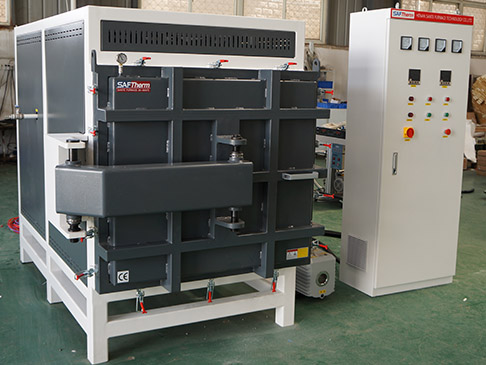
Natural Gas Furnace with Atmospheric Controls
At Thermcraft, we have manufactured a robust natural gas furnace that meets military specifications, with a high temperature capacity of up to 1371°C (2500°F) and a temperature uniformity of within +/-25°F. This immense machinery is constructed from a continuously welded shell of plate steel and structural joists with high-performance ceramic fiber blanket insulation installed in the walls and roof of the furnace.
Submit Request